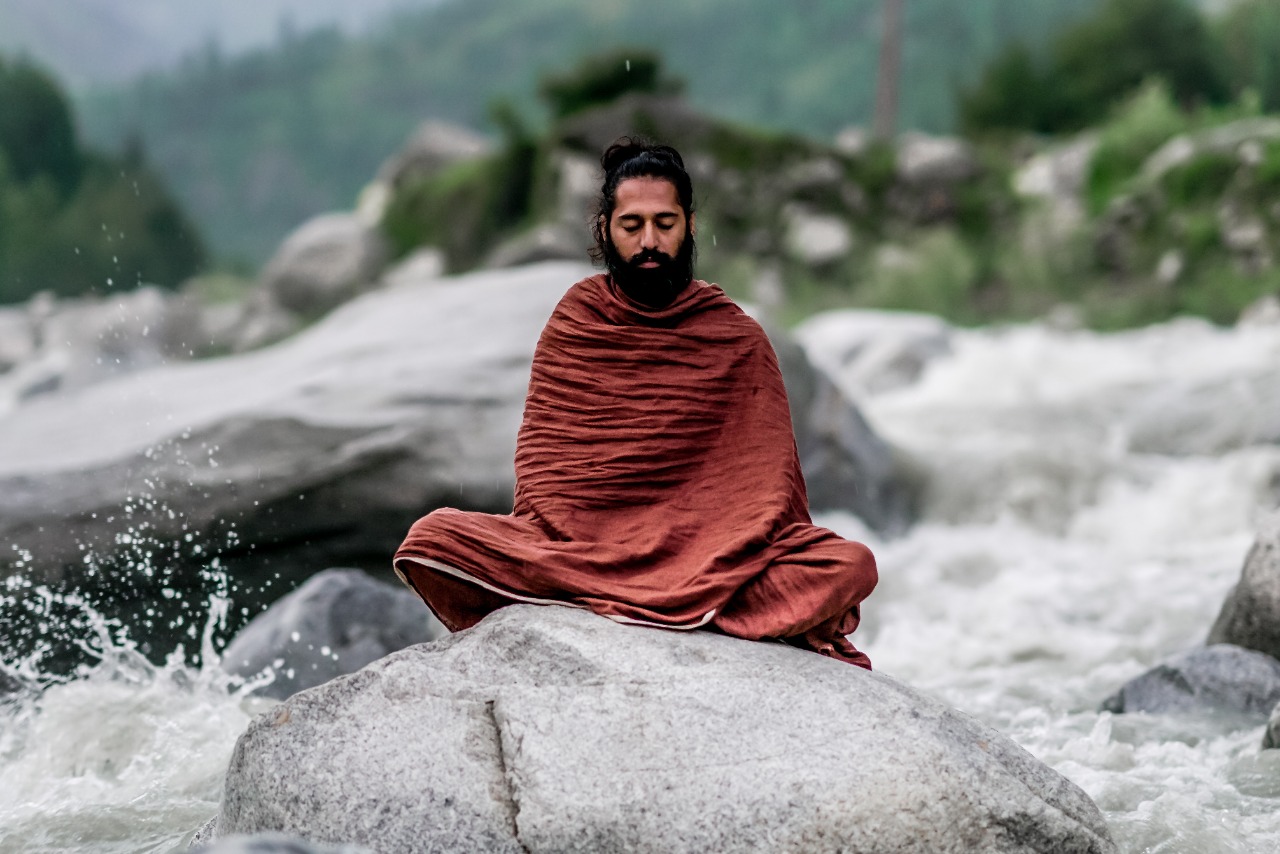Grand Master Akshar
Philanthropist || Spiritual Master || Lifestyle Coach || Yoga-preneur || Author
There are different approaches to arrive on this path of mindfulness, and mindful living. To adopt an attitude of mindfulness simply means to enjoy the present moment. Each and every single moment of our lives is unique, and precious. Mindfulness is the training you give your mind to connect to the present moment with an open awareness, and stay there.
Yoga encompasses a wide range of practices including asanas for the physical body and meditation to aid you in your mental, and spiritual development. Both of these are intrinsically connected to the movement of the breath within the body. Yoga and spirituality teaches you to recognize this movement, become aware of it, and then gain mastery over it through breathing exercises known as pranayama. Breath of the present moment is all that we need to be aware of. This is the way to attaining a peaceful and blissful existence- what every spiritual seeker is in the quest for. The past and the future fall under the purview of memory, and fantasy; both of which are illusory in relation to the current moment which is the only real thing. Mindfulness teaches you to be in the now, for this is where life is to be lived.
Sthithi Dhyan and Jal Namaskar are two techniques that can help you towards mindfulness, unclog the clutter of your life, and wash you over with peace. Water is gentle and powerful at the same time. Mentioned in the list of Yoga Namaskars, the qualities of this Tattva (element) are adaptability, purity and life-sustaining.
Sthiti Dhyan:
• Find a place which you do not frequent, preferably a natural environment for this technique.
• Sit in any comfortable posture such as Sukhasana.
• Look ahead for 5 seconds, behind you for another five seconds and on Right and Left sides for five seconds each.
• Now close your eyes and recollect as many details that you observed as possible.
Benefits:
This meditative technique has numerous benefits.
• Helps to instill a sense of calmness
• It also builds your observation skills
• The process of this meditation helps improve Memory power
• It slowly builds within the practitioner a greater sense of gratitude.
Jal Namaskar
The tattva of Jal or water is one that nurtures life. To show our gratitude to the life-giving water, we can offer the salutation of Jal Namaskar. The vinyasa is designed with a total of 28 counts containing asanas such as Matsyendra asana, Halasana, Supta Vajrasana and Matsya asana. Practicing the Jal Namaskar will help you identify and experience the water element within your body.
Asana 1: Padmasana – Lotus Pose
Asana 2: Dandasana – Staff Pose
Asana 3: Naukasana – Boat Pose
Asana 4: Dandasana – Staff Pose
Asana 5: Padmasana – Lotus Pose
Asana 6: Dandasana – Staff Pose
Asana 7: Halasana – Plough Pose
Asana 8: Adhomukha Swanasana – Downward-facing Dog Pose
Asana 9: Supta Vajrasana – Reclined Thunderbolt Posture
Asana 10: Matsyasana – Fish Pose
Asana 11 & 12: Ardha Matsyendrasana – Half Pose Dedicated to Sage Matsyendra
Asana 13: Padma Sirshasana – Lotus Headstand
Asana 14: Pindasana – Embryo Pose
Benefits
• Asanas such as Pindasana are very beneficial to increase concentration power especially when held for long.
• Asanas like Adomukhi ward off and relieve you from depression and stress
• Improves sense of calm
• Promotes balanced living
• You can achieve a relaxed state of mind
When you stay linked to the current moment without travelling either forwards or backwards in time, then it can be said that you are successfully practising the art of mindful living. Ignorance of this or unawareness causes the mind to latch onto any pleasant feeling to create desire for more such pleasant sensations. Or, it tries to flee from any unpleasant feeling creating aversion reactions to it, neither of these are mindfulness. Observe the present with no judgement because before you know it, you are more immersed in a state of fantasy than actual living.






